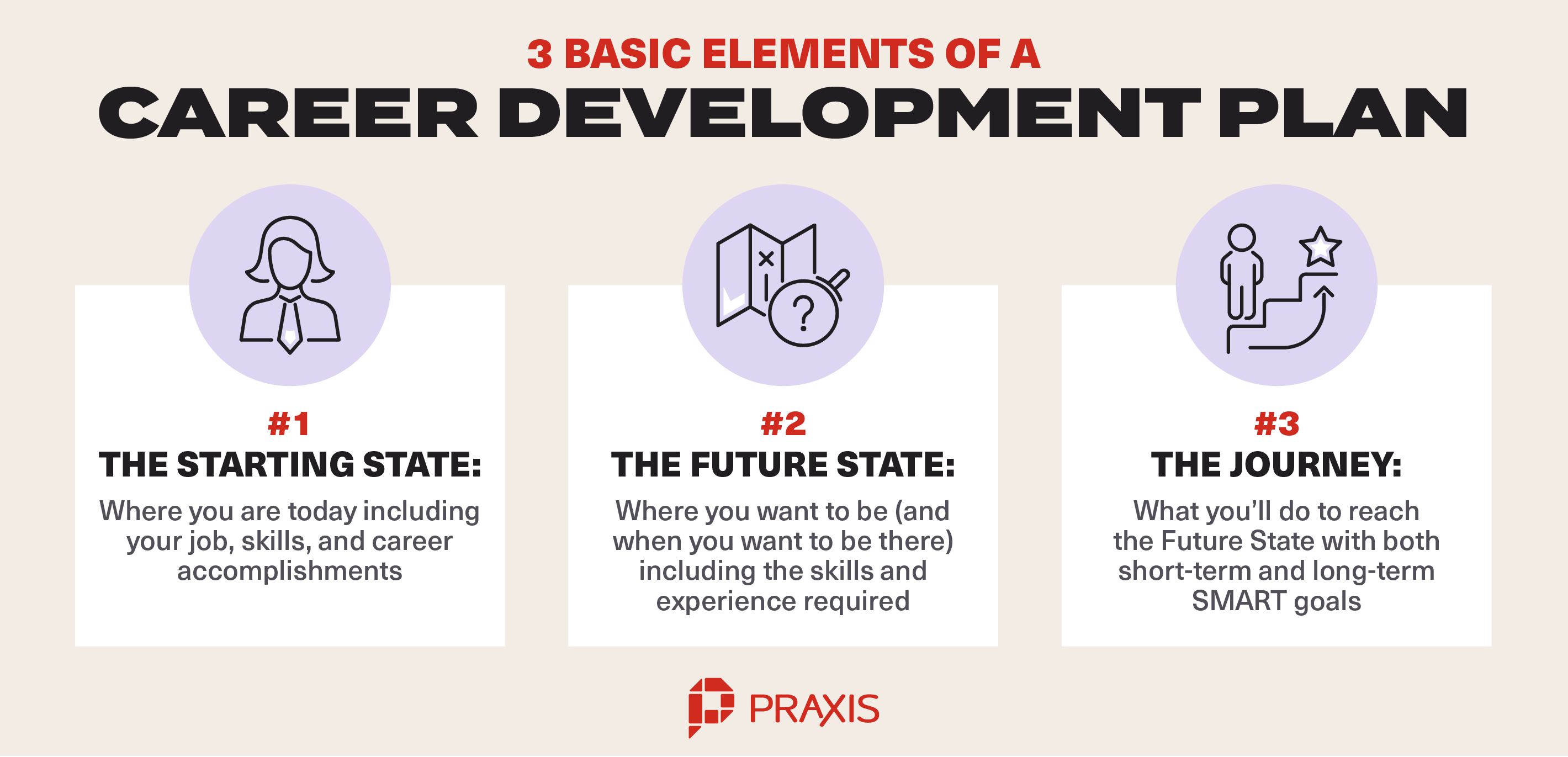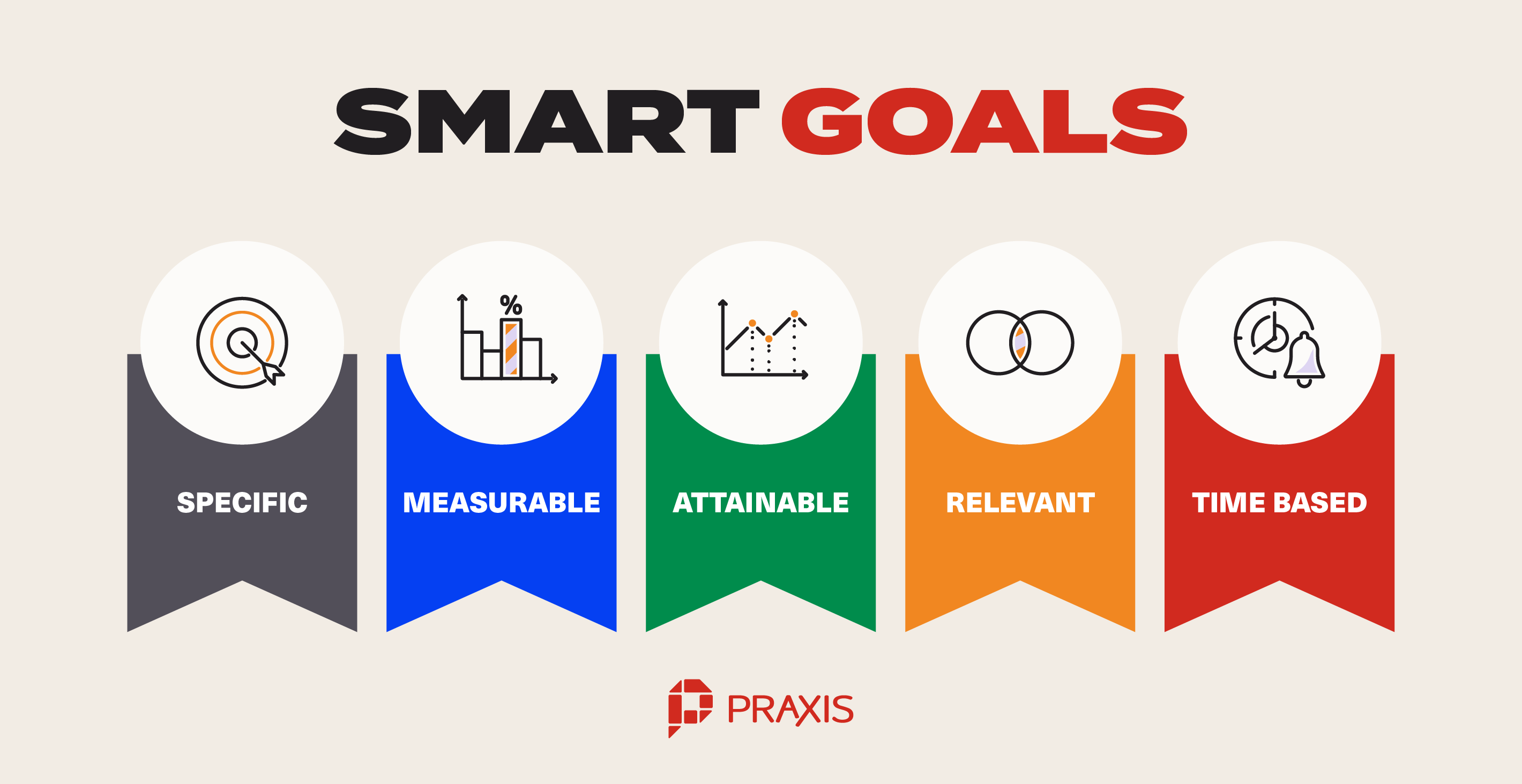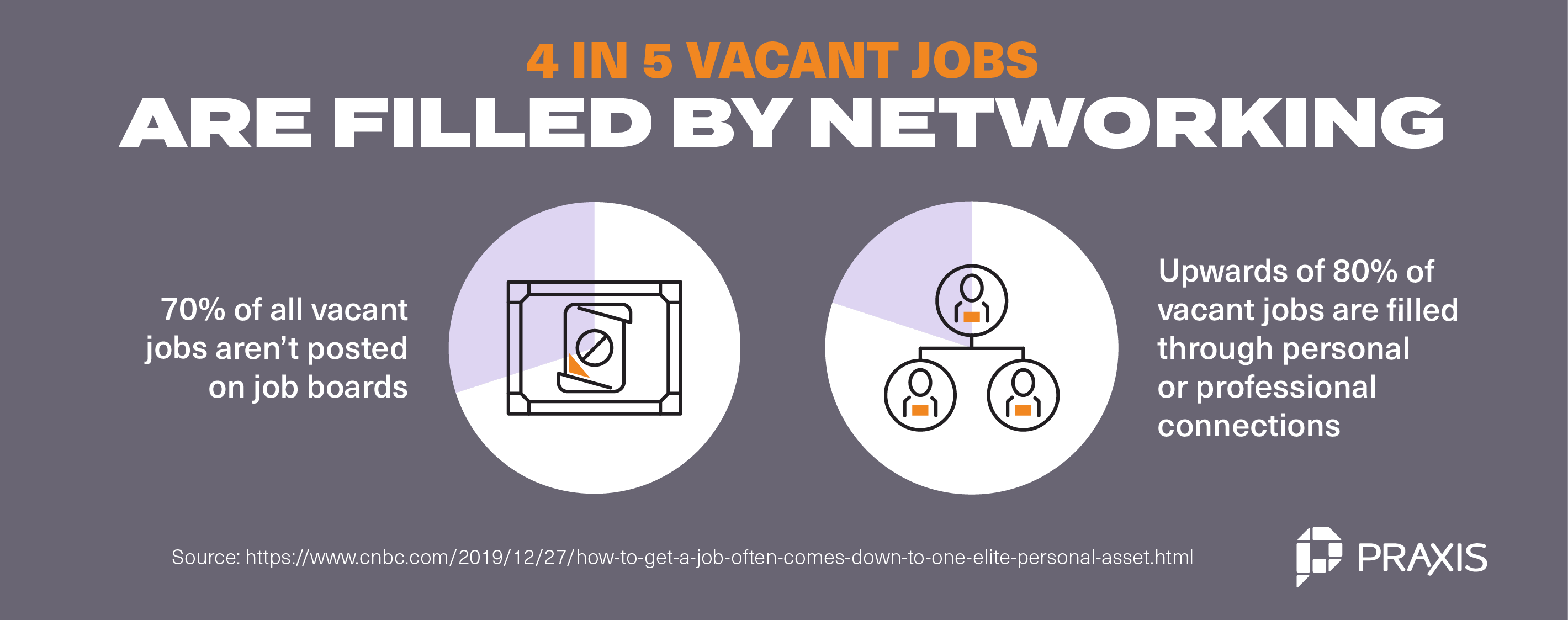Young people today think getting a job is hard. It definitely can be, but what’s really hard is taking charge of that job and turning it into something that you find valuable and fulfilling.
That’s especially true of entry-level jobs often filled with grunt work when you know you have so much more to offer.
Putting in the grunt work and proving yourself in an entry-level role is an extremely important phase of the career growth process. But what do you do when you realize that grunt-work phase is ending for you? This often feels like the excitement and motivation of your day-to-day work is depleting while feeling closer to boredom and burnout than growth.
Sound familiar? It probably does, and it isn’t just you. It’s a common psychological phenomenon called the hedonic treadmill, which states that each of life’s exciting new developments—such as a new car, new job, raise, or promotion—initiates a brief period of elevated happiness and excitement followed by a return to our baseline level of happiness.
How do you break the cycle and get off the treadmill?
Do You Feel Stuck in a “Punch the Clock” Cycle?
If so, the hedonic treadmill is largely responsible.
How do you break the cycle and get off the treadmill?
According to a University of California professor, there are five things you can do to break the cycle:
- Open yourself up to new opportunities
- Embrace new challenges
- Take risks
- Learn new things
- Meet new people
I’ll sum those up in one simple phrase: Accelerate your career.
If your job leaves you unfulfilled and you want to achieve more in your career, this guide is for you. We’ll show you how to reach your potential, fight stagnation, and stay off the hedonic treadmill. It all begins with a career development plan.
What Is a Career Development Plan?
A career development plan is a personalized strategy that takes you from where you are today to what you envision being your career’s ideal peak. Your plan is unique to you and includes two types of goals:
- Long-term goals(5-10 years and beyond) for your ultimate career aspirations.
- Short-term goals (1-5 years) to keep you on track for your long-term goals and give you the repeated boosts necessary to fight the hedonic treadmill.
There are three elements of a basic career development plan:
- Starting State: Where you are today
- Future State: Where you want to be (and when you want to get there)
- The Journey: How you’re going to get there
Let’s take a look at each.
The Starting State: Where You Are Today
On the surface, identifying your starting state sounds easy. “I’m an entry-level marketing associate. Step one: done. Time to start thinking about my ideal future state.”
While your current role is an important part of your starting state, it’s only one piece of the full puzzle. Unless you’ve reached the pinnacle of your career, there’s a gap between where you are today and where you want to be in the future. To cross that gap, you need to understand how wide that gap is—a process called gap analysis—which begins with more detail about where you are today.
- What are your current skills?
- How much relevant experience do you have?
- What are your achievements?
Don’t take this step lightly. It’s the foundation of your career development plan and is a critical part of creating a sound plan.
The Future State: Where You Want to Be (And When You Want to Get There)
The future state is your career’s ideal peak. It’s the unique way you define career success, whether that’s a specific role, working for a specific company, attaining a specific salary, or something else that’s important to you.
Once you know your ideal future state, ask yourself the same questions as before, except this time, you flip the questions around.
Let’s continue with the marketing example and say your ideal future state is to become the Marketing Director for a Fortune 500 company.
- What skills are required to be a Marketing Director?
- How much relevant experience should a Marketing Director have?
- What achievements should a Marketing Director have?
If you don’t know the answers to these questions, look at job postings for the positions you want. What skills, certifications, technical abilities, or demonstrated career achievements are employers looking for? Are some things common across multiple job postings?
Armed with descriptions of where you are today and where you want to be in the future, all that’s left is to map out your path.
The Journey: How You’re Going to Get There
This step involves the bulk of the gap analysis, comparing where you are today and where you want to go.
Using our marketing example, a Marketing Director should have experience managing or overseeing campaigns across multiple marketing channels, such as social media, paid advertising, and email. If your entry-level marketing position focuses on social media, you’ll need to gain knowledge and experience with other channels.
A Marketing Director also should have experience managing a diverse team, which your entry-level position probably doesn’t offer. You’ll need to accept a management position down the road to gain that experience, and you may need 3-5 years in that position to demonstrate enough relevant experience. If you want to become a Marketing Director in the next 5-7 years, you’ll need to begin your mid-level management position in the next two years to stay on track.
Your career development plan is a roadmap for your next 10-plus years, so be detailed and cut everything into manageable chunks. Your next milestone shouldn’t be two years in the future. Instead, make it two months in the future.
- What work project will add to your list of achievements?
- What skill can you learn over the next 6-8 weeks to advance your career and close the gap?
SMART goals are the best way to keep your plan on track:
- Specific: Be precise about what you hope to gain.
- Measurable: Decide how you will track your progress.
- Attainable: Challenge yourself but make sure your goals are realistic and achievable.
- Relevant: Ensure that your goals make sense given your circumstances and what you hope to achieve.
- Time-bound: Create milestones and deadlines to keep you focused and motivated.

7 Strategies to Accelerate Your Career
As you’re mapping out your unique journey, keep these seven strategies in mind.
- Document your work
- Create value
- Develop industry and workplace networks
- Be visible online
- Don’t be afraid to job-hop
- Dress for the job you want
- Build career capital
Let’s explore each in more detail.
1. Document your work
Have you ever looked through a photo album and thought to yourself, “Wow, I totally forgot about that”?
Even if you remember the day or event pictured, the photograph itself undoubtedly preserves details you otherwise may have forgotten—the time, the shoes you were wearing, or what the sky looked like that day. Those details are what make the memory come alive.
The same thing happens with your work achievements. As weeks, months, and years blend, it’s easy to forget the specifics of your accomplishments. You may even forget some achievements entirely.
Document your work so you can remember what you’ve achieved and recite it with impressive detail.
2. Create value
Create value for your company by going above and beyond the responsibilities expected of someone performing your job.
- Deliver unsurpassed customer service.
- Set and surpass higher-than-expected productivity targets.
- Find new ways to make existing processes more efficient.
- Become the go-to person for something.
- Volunteer for assignments outside your typical responsibilities.
- Proactively reduce the workload of your coworkers and supervisors.
Each of these examples offers a way for you to differentiate yourself and demonstrate your value. When the time comes to apply for a promotion, either internally or externally, you’ll stand above the rest of the competition.
3. Develop industry and workplace networks
Expanding your professional network is one of the fastest ways to accelerate your career. Research shows that 70% of all vacant jobs aren’t posted on job boards, and that upwards of 80% of jobs are filled through personal or professional connections.
- Introduce yourself to colleagues in other departments.
- Get to know your company’s high-level executives.
- Take advantage of workplace functions.
- Attend conferences.
Any time there’s an opportunity to expand your network, take it.
4. Be visible online
Networking doesn’t just happen in-person. Today, you can also network online through industry-specific communities or platforms like LinkedIn. Visit those communities regularly, comment on other people’s posts, ask engaging questions, and author your own unique content to show your expertise and passion.
5. Don’t be afraid to job-hop
Switching companies is one of the quickest ways to climb the corporate ladder and increase your salary. The average job-hopper gets a hefty 10-20% salary boost by switching companies, far more than the annual 3-5% cost-of-living raises companies give their employees.
Estimates suggest that an employee who switches jobs every two years will earn twice as much as someone who stays at the same company.
There’s nothing wrong with staying at a company you love, but there’s no better way to accelerate your career than by job-hopping.
6. Dress for the job you want
Undoubtedly, you’ve heard this advice before, which we can interpret in two ways:
- Literal: Look the part.
- Figurative: Act the part.
Most people understand looking the part, which is simple and straightforward. Acting the part can be more challenging because it requires consistency day-in and day-out.
- If you want to advance to a more senior leadership position, take on more leadership responsibilities and show you’re equipped to handle the work.
- If you want to become more specialized in a technical area, dedicate time to mastering that skill and become your company’s go-to resource.
7. Build career capital
Career capital is one of the most important concepts to understand and has the power to transform your career. It’s “the skills you have that are both rare and valuable and that can be used as leverage in defining your career.”
Look at your inventory of skills and abilities from an economics perspective—supply and demand.
- What are your skills?
- How valuable are those skills to employers?
- How rare are those skills in the workforce?
Skills you have that are both valuable and rare are in high demand. That means employers will pay a premium for them—things like coding, computer programming, video production, sales, conversion-oriented copywriting.
And those are just the hard skills. Soft skills, such as communication and leadership, are in high demand too but increasingly in short supply.
Feeling Stuck in Your Career? Take Charge Today
Do you feel like your career is progressing too slowly? Mastering valuable skills is a great way to unlock new and exciting possibilities.
And the best part?
You have it within your power to start today. Technology has made information more accessible than ever before, giving rise to a generation of self-directed learners who refuse to sit back while life happens to them. They stand up and make life happen for them by deciding what they want and how to attain it.
If you’re tired of the soul-sucking monotony of your job’s daily grind, learn how Praxis can help by reading Self-Directed Learning: A Primer for Ambitious Young Adults.
February 16, 2020
